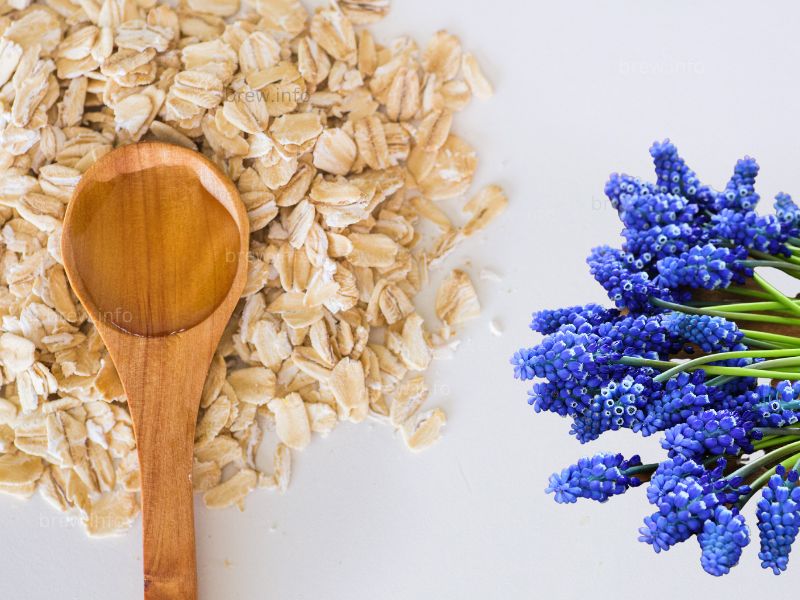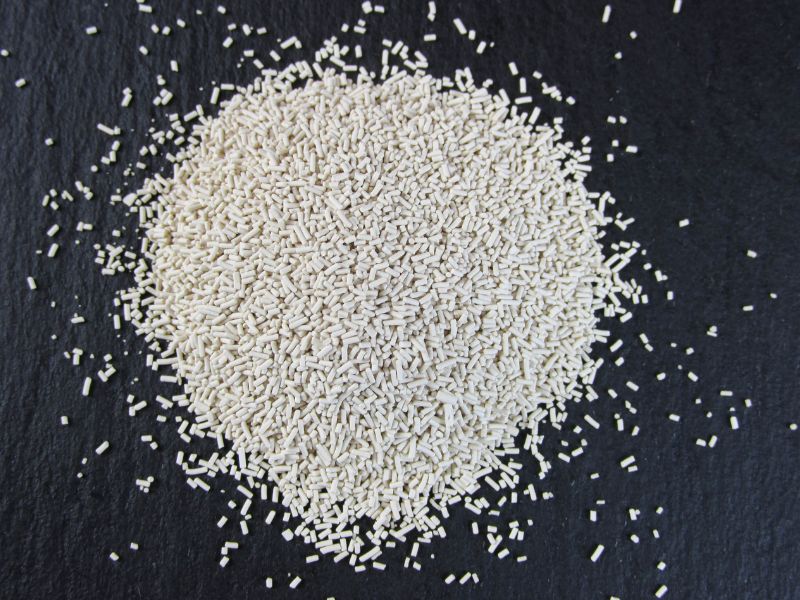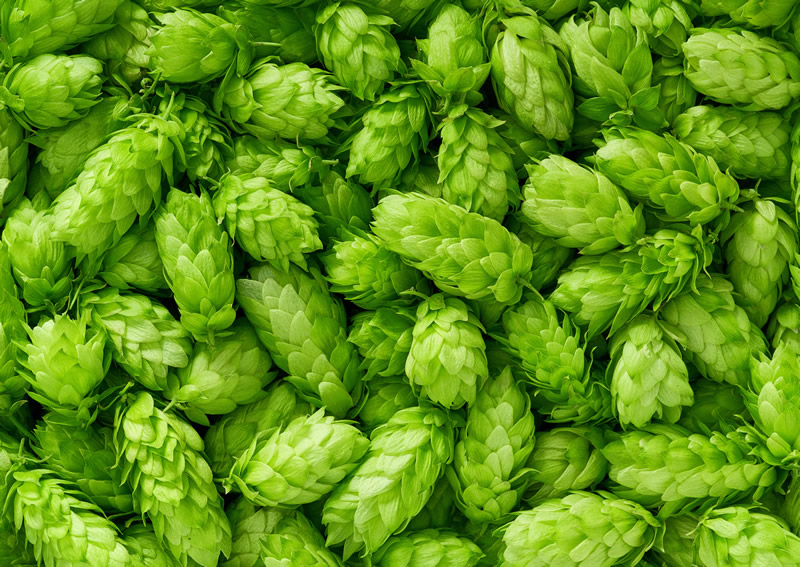Exploring the Use of Adjuncts in Homebrewing
Adjuncts in homebrewing have become a significant topic of discussion among craft beer enthusiasts and homebrewers. With a myriad of options available, the use of adjuncts can transform an ordinary homebrewed beer into an extraordinary craft masterpiece. But what exactly are these adjuncts, and how can they be used effectively in homebrewing?
What Are Adjuncts?
Adjuncts are any ingredient added to beer other than the traditional ones: water, malted barley, hops, and yeast. These ingredients could be grains such as corn or rice, or even non-grain substances like honey, fruit, or spices.
The Debate Over Using Adjuncts
While adjuncts have been embraced by many modern brewers, they have been somewhat controversial. Historically, adjuncts were often used by large commercial breweries to cut costs, sometimes at the expense of quality. Corn and rice, for example, were popular adjuncts used to reduce the amount of more expensive malted barley.
In contrast, today’s craft brewers and homebrewers are embracing adjuncts for their ability to impart unique flavors and textures. For example, adding orange peel and coriander seeds to a Belgian-style witbier can give it a refreshing citrus twist.
Types of Adjuncts in Homebrewing
Grain Adjuncts
Grain adjuncts are unmalted grains such as corn, rice, rye, oats, wheat, and sorghum. They can contribute to various aspects of the beer’s character, like body, color, and flavor. Here is a list below of the most popular grain adjuncts:
Corn
Corn is known to lighten the beer’s body and add a hint of sweetness. It’s often used in American-style lagers and can create a smooth and crisp finish.
Rice
Like corn, rice can lighten the body of the beer and impart a subtle flavor. It’s particularly associated with Japanese lagers, giving a clean and dry taste.
Rye
Rye is appreciated for its spicy, earthy flavor. It can add complexity to various beer styles, such as rye pale ales or rye stouts.
Oats
Oats contribute a creamy texture and a mild sweetness. They are a critical component in oatmeal stouts, where they create a velvety mouthfeel.
Wheat
Wheat is used to enhance the beer’s head retention and lend a slightly cloudy appearance. In German-style wheat beers, it contributes to the characteristic light and refreshing taste.
Sorghum
Sorghum is often used in gluten-free beers, as it doesn’t contain the proteins that can trigger gluten sensitivities. It gives a unique, slightly tart flavor.

Non-Grain Adjuncts
Non-grain adjuncts encompass a wide array of ingredients, ranging from fruit and spices to honey and molasses. These ingredients can be used to create distinctive beers that reflect personal tastes or regional characteristics. Here is a list below of the most popular non-grain adjuncts:
Fruit
Fruit can be used in various ways, from real fruit to purees or extracts. It can lend natural sweetness and tanginess. For instance, raspberry can give a delightful tartness to a lambic.
Spices
Spices like coriander, cinnamon, or pepper can be added to create complex flavor profiles. A classic example would be the use of pumpkin spice in autumn-themed pumpkin ales.
Honey
Honey adds sweetness and a floral aroma. It can be used in styles like braggots or honey porters, giving them a rich, smooth character.
Molasses
Molasses is known for its dark, robust flavor. It is frequently used in stouts and porters, providing a touch of bitterness and a caramelized complexity.
Coffee and Chocolate
Coffee and chocolate can be used to give robust and rich flavors, particularly in dark beers like stouts or porters.
Herbs and Botanicals
Herbs like chamomile or lavender, and botanicals such as juniper berries, can be utilized for unique twists. A touch of chamomile can lend a gentle, floral note to a pale ale.
By understanding the characteristics and typical uses of these adjuncts in homebrewing, brewers can create exciting and diverse flavors that reflect personal tastes or traditional beer styles. The possibilities are endless, allowing for ongoing exploration and creativity in the world of homebrewing.
How to Use Adjuncts
When it comes to using adjuncts in homebrewing, it’s essential to strike a balance. Too much of an adjunct can overwhelm the beer’s base flavor, while too little might be undetectable.
Experimentation
Homebrewing is all about creativity and experimentation. Starting with a small amount of an adjunct and gradually increasing it can help you find the perfect balance.
Research
Understanding the characteristics of different adjuncts can guide your choices. For instance, using chocolate malt can provide rich, roasty notes, while a touch of lavender can add a floral hint.
The Impact of Adjuncts on Beer Quality
Adjuncts can significantly impact beer’s quality and character, creating unique flavor profiles. However, the improper use of adjuncts can also lead to flaws such as off-flavors or unbalanced tastes.
The Dangers of Overusing Adjuncts in Homebrewing
Adjuncts are an enticing aspect of homebrewing, allowing the brewer to experiment with diverse flavors, textures, and aromas. However, as with many aspects of culinary creativity, there can be too much of a good thing.
Overpowering the Core Flavors
The traditional ingredients of beer – water, malted barley, hops, and yeast – create a harmonious base that we recognize as beer. Overusing adjuncts can overshadow these core flavors. Imagine crafting a complex porter with roasted malts and then adding too much peppermint. The result could be more akin to liquid candy than a balanced beer.
Unbalanced Mouthfeel
Adjuncts such as oats and corn can affect the beer’s body and mouthfeel. Overdoing it with oats might make the beer overly thick and creamy, losing the refreshing qualities that you may have desired.
Clashing Flavors
Creativity can lead to wonderful innovations, but too many adjuncts can create a confusing and unpleasant clash of flavors. Mixing too many spices or fruits without a clear vision of the final flavor profile may lead to a chaotic taste that’s hard to enjoy.
Off-Flavors and Stability Issues
Some adjuncts can introduce off-flavors or affect the beer’s stability if not used correctly. For instance, adding too much fruit can introduce wild yeast or bacteria, leading to unwanted fermentation and sour flavors.
Losing Beer Identity
Beer styles often have defining characteristics, and while experimentation is encouraged, overusing adjuncts might lead you far away from the intended style. A pale ale with excessive coffee or chocolate might lose its crisp and hoppy identity.
Embracing Balance
The key to successfully using adjuncts in homebrewing lies in understanding balance and respecting the beer’s base. It’s about enhancing and complementing the core flavors rather than overpowering or confusing them.
Through careful experimentation and by learning from others’ experiences, homebrewers can find the right amount of adjuncts to create unique and enjoyable brews. The world of adjuncts in homebrewing offers vast possibilities, but it also requires a thoughtful and measured approach to achieve the best results.
Conclusion
Exploring the use of adjuncts in homebrewing is a thrilling journey into the limitless world of flavors, textures, and aromas. From the subtle addition of grains like rye or oats to the bold infusion of spices and fruit, adjuncts offer homebrewers a way to make each brew truly their own. They enable creativity, tradition, and personal expression to flourish in every glass.
Yet, this journey also requires a mindful approach. Understanding the characteristics of each adjunct, its impact on the beer, and the potential pitfalls of overuse is essential to crafting well-balanced and enjoyable brews. As homebrewers continue to experiment with and embrace adjuncts, they are not only expanding the horizons of craft beer but also contributing to a rich and evolving tradition that celebrates innovation and the joy of brewing.
With patience, research, and a dash of adventurous spirit, the use of adjuncts in homebrewing opens doors to endless possibilities and delightful surprises, one brew at a time.
© 2011-2023 by Brew.info. All rights reserved. No part of this document may be reproduced or transmitted in any form or by any means, electronic, mechanical, photocopying, recording, or otherwise, without prior written permission of Brew.info.







